Essential Oils for the Thanksgiving Celebration
Posted on November 07, 2017 0
Essential Oils for the Thanksgiving Celebration
By
KG Stiles
Thanksgiving is celebrated in many cultures around the world. It is a day for counting your blessings, sharing your bountiful harvest and for celebrating your abundance. One of the most well-known “Thanksgiving Day” celebrations is in the United States with its tradition of a festive dinner table set with candles and laden with turkey, pumpkin pie and all of the delightful trimmings associated with a bountiful harvest.
Prayers of gratitude and giving thanks are common practices among all people in all of the world’s cultures. Most frequently held after the end of the harvest season, thanksgiving ceremonies have ritually been celebrated at various times throughout human history.
Thanksgiving is a practice that has evolved over time, many of its roots pre-date written history. Throughout its known heritage, a day of giving thanks always has aspects of harvest, as well as of celebration. It is also a time of remembrance for what has been and what is to come. Honoring the cycle of life and its renewal through time is a key theme in every Thanksgiving celebration.
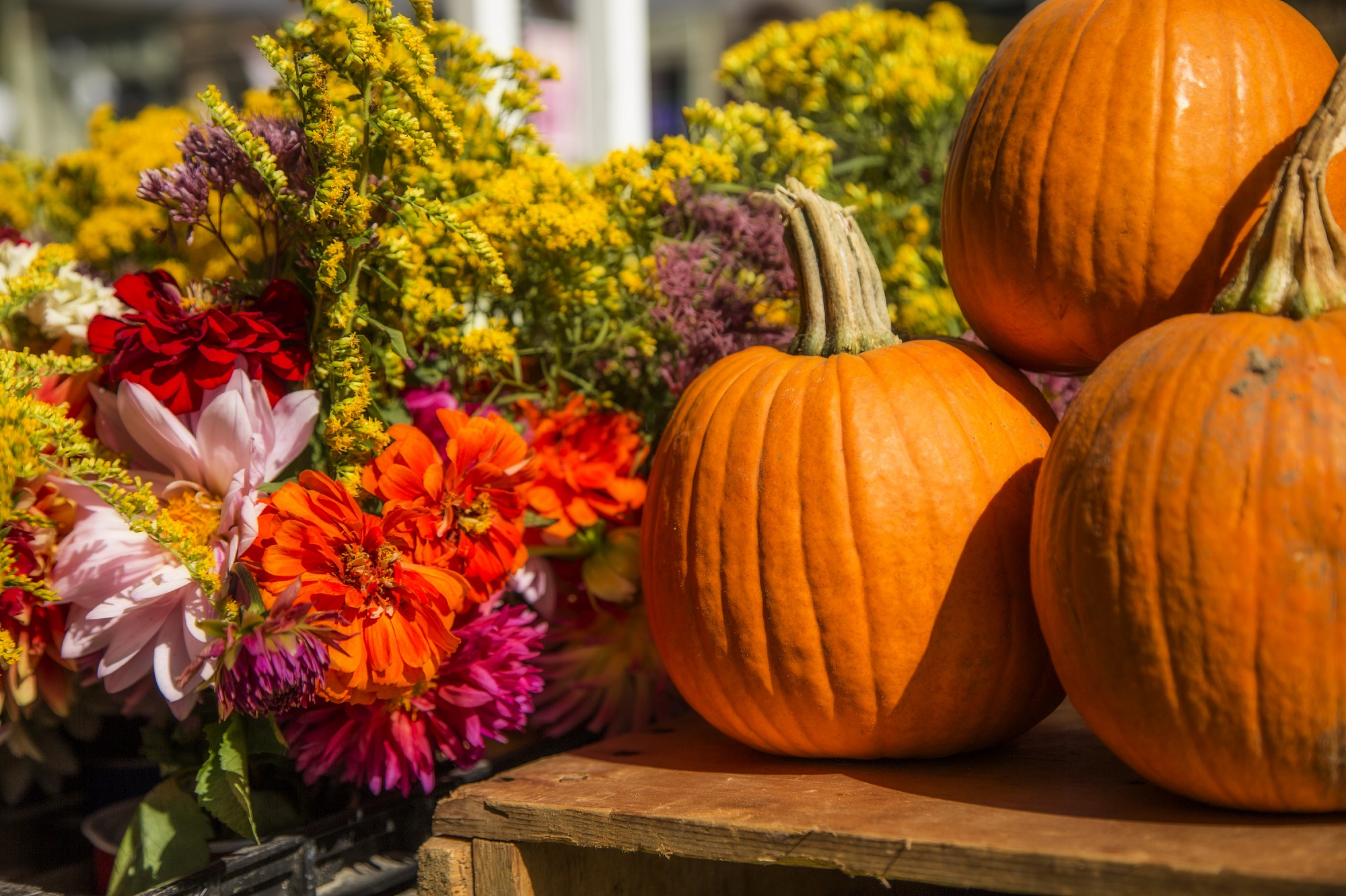 Practice of Abundance
Practice of Abundance
Most especially, Thanksgiving is a practice of abundance. It is a day of sharing one’s bounty with others and, through sharing one’s bounty, your harvest is multiplied.
An example of this continuance of life though the practice of abundance in time can be found in the tradition of “Thanksgiving Day” practiced by Americans, which itself is rooted in English traditions dating back to the early 1500’s.¹
First Thanksgiving Stories
There are numerous stories about how the “First Thanksgiving” started in many of the world’s present day harvest celebrations.
The most famous story in the United States is from a group of Pilgrims, who were out game hunting. The story goes that the neighboring Wampanoag natives, hearing gunshots, thought that the English might be preparing for war. The leader of the tribe, Massasoit, visited the Englishmen’s settlement and discovered that the English men were simply out game hunting for their harvest celebration. To help them out, Massasoit offered to send men from his own tribe to hunt and provide meat and deer for their feast. Of course, the Wampanoag tribe members were invited as guests to the harvest celebration. There were ninety Wampanoag tribe members and fifty three Pilgrims at the “First Thanksgiving” day harvest celebration.²
Canada has two popular “First Thanksgiving” stories. The first recounts how, in 1578, the explorer Martin Frobisher held the first Thanksgiving Day celebration in Canada for surviving his long journey from England. He had undergone much hardship on his journey through the wilderness in his attempt to find a passageway to the Pacific ocean.² The second story cites the origin of the Canadian “First Thanksgiving” to early French settlers who in the beginning of the 17th century arrived with the famous explorer Samuel de Champain in New France. The French settlers were reported to celebrate all successful harvests, typically at the end of the growing season. The celebrations usually continued throughout the entire winter season. The French settlers were known for sharing their bountiful harvest with the local indigenous peoples of the region.
This tradition of celebrating harvest and sharing your abundance with others continued and it was adopted by all of the new immigrants arriving in Canada. Each of these new arrivals, be they German, Irish, Scottish, or of any other nationality, added their own traditions to the Thanksgiving Day feast, including the American turkey which arrived with the Loyalists who fled the United States during the American Revolution.⁴Until recently, Thanksgiving has always been observed on various months and days throughout history even in the United States. Until the time of United States President Abraham Lincoln (1809 – 1865), the date for observing Thanksgiving always differed from state to state. So, historically anytime of harvest was seen as a good time for a Thanksgiving celebration and practicing abundance.⁴
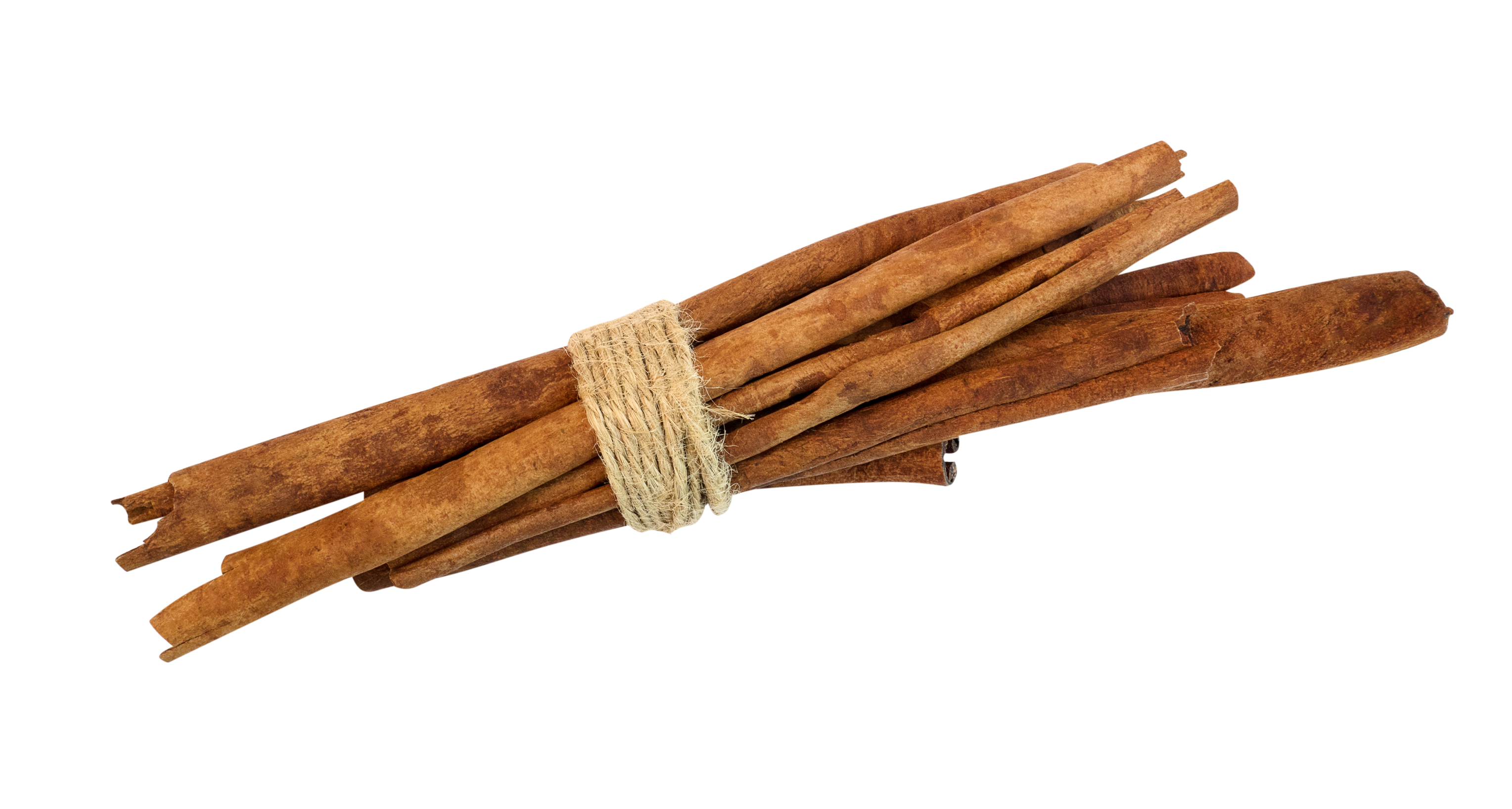 Thanksgiving Celebration Oils
Thanksgiving Celebration Oils
You might say that Thanksgiving is a celebration of the senses. Full enjoyment of the senses and sharing that enjoyment with others is at the heart of every Thanksgiving celebration. What better way to celebrate the senses than with aromatic oils. Scent reaches deeply into the human psyche stirring your memories in mysterious and wondrous ways.
Thanksgiving blends contain many of the essential oils often used in traditional wealth attraction formulas. The use of plant aromatics to attract prosperity has been practiced for thousands of years by some of the world’s most wealthy cultures.
The essential oils in the Thanksgiving Celebration Blends recipes are mood enhancers and aphrodisiacs which promote you having good feelings and an aura of attraction about you. As in today's celebrations, social gatherings, festivals and celebrations of antiquity were often opportunities for courtship and meeting one’s prospective marriage partner.
Cinnamon Leaf (Cinnamomum zeylanicum). Scent: Sweet, warm, spicy. Action: Aphrodisiac, stimulating, warming.
Cautions: Drug interaction, may inhibit blood clotting, skin sensitization (moderate risk), mucous membrane irritant (low risk). May contain safrole. Maximum dermal use level 1.0% based on safrole content. Maximum dermal use level 0.6% based on 87% eugenol content.⁸ Avoid use with children under the age of six years of age.
Ginger Fresh Root (Zingiber officinale). 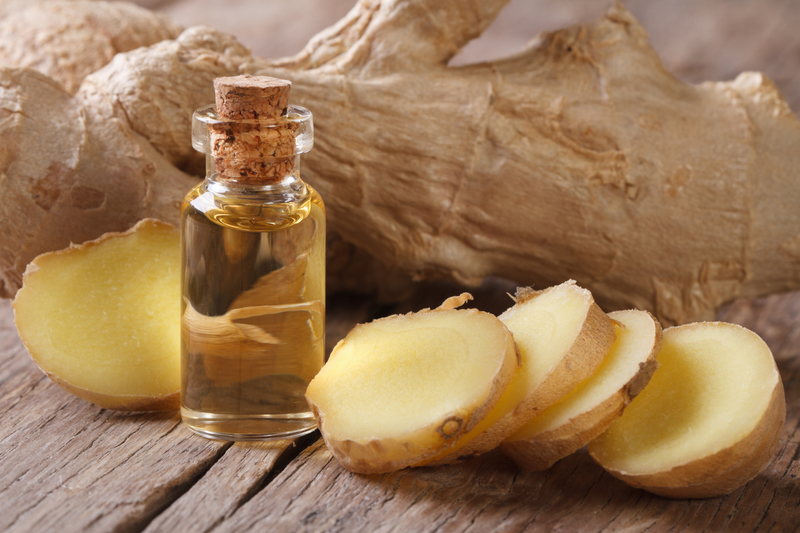
Scent: Warm, spicy, sweet.
Action: Aphrodisiac, warming, stimulates digestion, energy tonic.
Cautions: Although Tisserand does not list any cautions I recommend exercising care and respect when using ginger essential oil as it is a known skin irritant. For skin applications use in a weak dilution of less than 1%.⁶
Myrrh (Commiphora myrrh).
Scent: Warm, radiant, spicy.
Action: Restorative, promotes spiritual and emotional well-being.
Cautions: May be fetotoxic, due to B-elemene and furanodiene content. Please avoid myrrh essential oil (all routes) during pregnancy and lactation.⁷
Sweet Orange (Citrus sinensis).
Scent: Fresh, sweet, citrus-y.
Action: Promotes happiness, eases tension.
Cautions: Skin sensitization if oxidized, recommend refrigeration. May cause photo-sensitivity. Avoid exposure to direct sunlight or sunlamp after skin application for 12 hours.¹
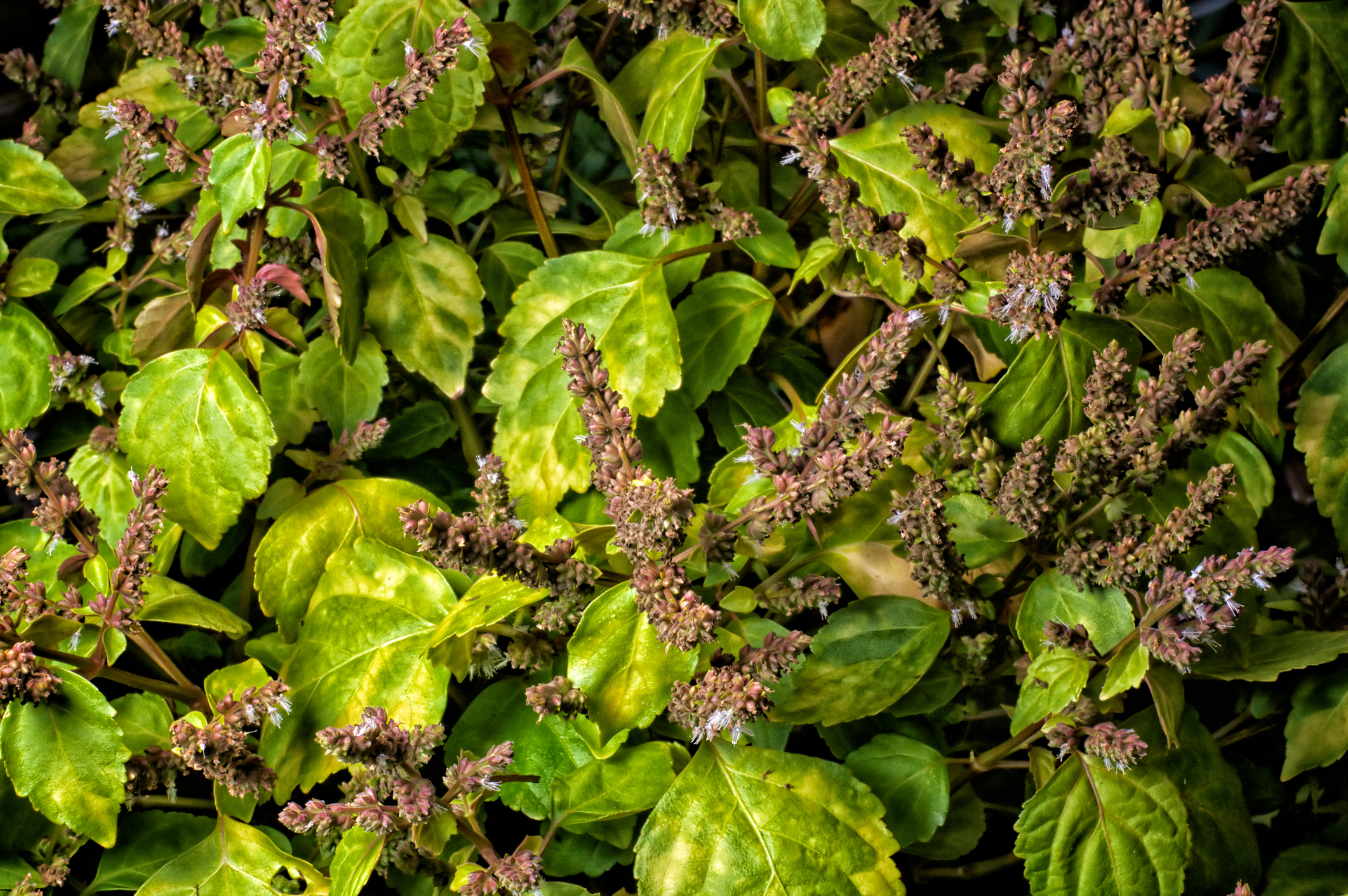 Patchouli (Pogostemon cabin).
Patchouli (Pogostemon cabin).
Scent: Earthy, sweet, exotic, sensual, warm, radiant.
Action: Aphrodisiac, promotes sexual attractiveness.
Cautions: Drug interactions, may inhibit blood clotting. Low risk allergen does not require dermal use restriction.⁴
Black Spruce (Piscea mariana).
Scent: Fresh, balsamic, woody.
Action: Inspires passion for life.
Cautions: Skin sensitization if oxidized, recommend refrigeration.⁵
Tangerine (Citrus reticulata).
Scent: Sweet, fresh, fruity.
Action: Uplifting, promotes fresh, peaceful state of mind.
Cautions: Skin sensitization if oxidized, recommend refrigeration. May cause photo-sensitivity. Avoid exposure to direct sunlight or sunlamp after skin application for 12 hours after use.²
Ylang-ylang III (Cananga odorata).
Scent: Sweet (less intense than other fractions), floral, balsamic, exotic, sensual, earthy.
Action: Stimulates feelings of enjoyment and self-confidence.
Cautions: Skin sensitization (moderate risk). Avoid use with disease or damaged skin, and children under two years of age. Maximum dermal use level 0.8%.³
Thanksgiving Celebration Blend #1 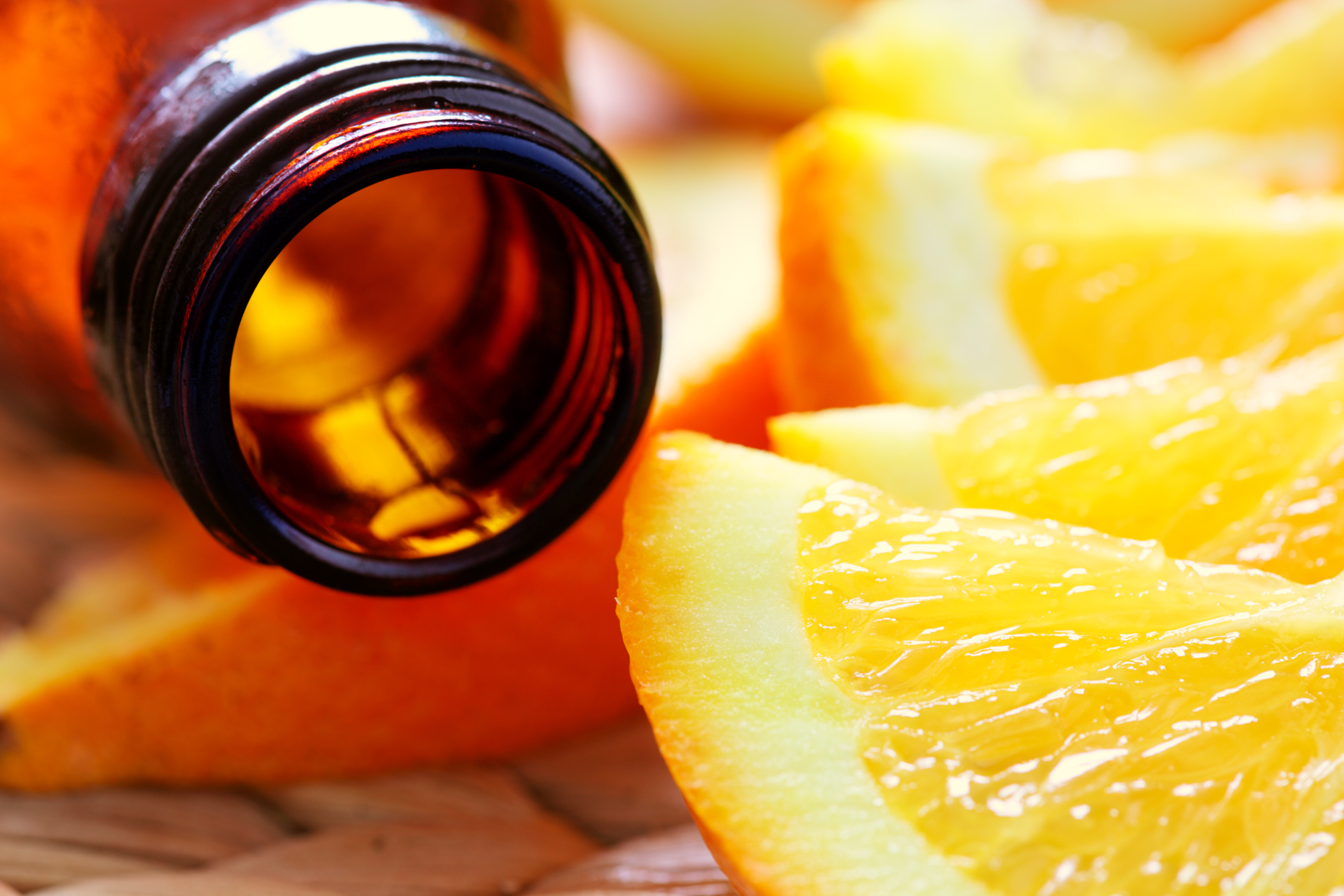
To a 5 mL euro-dropper bottle, add the following essential oils:
• 40 drops sweet orange (Citrus sinensis)
• 20 drops tangerine (Citrus reticulata)
• 10 drops ylang-ylang III (Cananga odorata)
• 10 drops patchouli (Pogostemon cablin)
• 10 drops cinnamon leaf (Cinnamomum zeylanicum)
• 10 drops ginger (Zingiber officinale)
Thanksgiving Celebration Blend #2
To a 5 mL euro-dropper bottle, add the following essential oils:
• 40 drops sweet orange (Citrus sinensis)
• 40 drops tangerine (Citrus reticulata)
• 5 drops cinnamon leaf (Cinnamomum zeylanicum)
• 5 drops ginger (Zingiber officinale)
• 5 drops myrrh (Commiphora myrrha)
• 5 drops black spruce (Picea mariana)
Instructions for Use: Blend essential oils together. Cap bottle tightly and shake vigorously to dispense oils thoroughly. Allow to synergize three hours or longer before using. Dispense 1-3 drops of the blend onto a cotton ball or smell strip, and inhale. You can also add several drops of your blend to a cold air nebulizer diffuser or ultrasonic micro diffuser and diffuse into the air to scent an entire room. Consult the aromatherapy diffuser manufacturer's guidelines for use.
References:
1. Thanksgiving or Thanksgiving Day (United States), Wikipedia, accessed from: https://en.wikipedia.org/wiki/Thanksgiving_(United_States)
2. Thanksgiving (Canada), Wikipedia, accessed from: https://en.wikipedia.org/wiki/Thanksgiving_(Canada)
3. Sweet Orange, Tisserand, R. & Young, R. (2014) Essential Oil Safety: A Guide for Health Care Professionals.
4. Tangerine, Tisserand, R. & Young, R. (2014) Essential Oil Safety: A Guide for Health Care Professionals.
5. Ylang Ylang, Tisserand, R. & Young, R. (2014) Essential Oil Safety: A Guide for Health Care Professionals.
6. Patchouli, Tisserand, R. & Young, R. (2014) Essential Oil Safety: A Guide for Health Care Professionals.
7. Black Spruce, Tisserand, R. & Young, R. (2014) Essential Oil Safety: A Guide for Health Care Professionals.
Ginger, Tisserand, R. & Young, R. (2014) Essential Oil Safety: A Guide for Health Care Professionals.
Myrrh, Tisserand, R. & Young, R. (2014) Essential Oil Safety: A Guide for Health Care Professionals.
8. Cinnamon Leaf, Tisserand, R. & Young, R. (2014) Essential Oil Safety: A Guide for Health Care Professionals.
About KG Stiles: 
KG Stiles, BA, CBT, CBP, LMT, is a metaphysician, holistic health coach, certified clinical aromatherapist and consultant providing expert essential oil services since 1980. She has worked with many celebrities over the past three decades and has published hundreds of articles, many of which have appeared in Massage Therapy Journal, Breast Cancer Wellness magazine, Aromatherapy Today (Australia) and NAHA Aromatherapy Journal. Her newest book, The Essential Oils Complete Reference Guide, is available for purchase in the NAHA bookstore. KG is the NAHA Regional Director for Oregon (South). To learn more about KG, please visit her website at: www.kgstiles.com
Comments
Please Log In to post comments